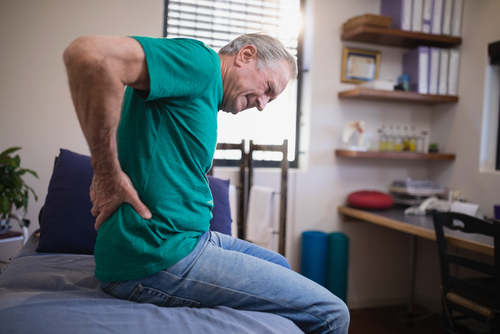Arthritis can happen to any joint in the body, from the top of the neck, to knees, ankles and even toes. As some of the most critical joints in the body, the hips play a key role in connecting the legs to the torso and enabling a wide range of basic movements. Because they bear such a heavy load, the hips are one of the most common areas to develop arthritis, particularly the age-related form known as osteoarthritis.
Since this condition can become more likely to develop as you get older, it’s easy to wonder if some of the everyday aches and pains you encounter are symptoms of arthritis. That’s why we’re sharing this easy-to-understand guide to what it feels like to have arthritis in your hips. The team at SOL Physical Therapy + Performance is happy to answer any questions you have or provide more information if you’d like to learn about our treatment options.
Common symptoms among patients with hip arthritis
Osteoarthritis is specifically inflammation of the joints caused by the breakdown of the cartilage that helps line the joints and allow for smooth motion. When this inflammation occurs, it can inhibit the proper functioning of the joints and cause these painful symptoms:
- Aches and pains
- Stiffness and immobility
- Cracking and popping sensations, known as crepitus
- Shooting pains and neuropathic symptoms if inflamed joints interfere with nearby nerves
Often people with arthritis in the hip report it feeling worse in the morning or after sitting for periods but that the pain may improve after gentle movement.
Treating arthritis in the hip
For patients diagnosed with hip arthritis, physical therapy can be a highly effective form of treatment. By taking a natural and functional approach, a physical therapist can help you increase range of motion in arthritic hip joints through techniques including therapeutic exercise and joint mobilization.
At SOL Physical Therapy + Performance, our caring and skilled clinicians have extensive experience in helping patients with all forms of arthritis successfully manage this condition and maintain a healthy and active lifestyle.
To learn more about our treatment options and patient-centered approach to care, contact us today. We’ll be happy to help you schedule an initial appointment at our state-of-the-art clinic.


